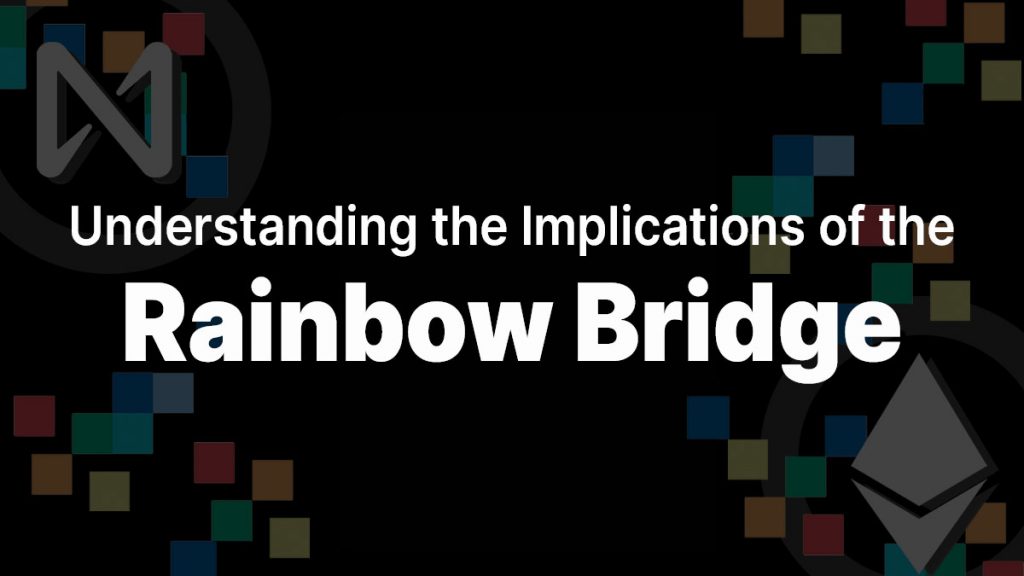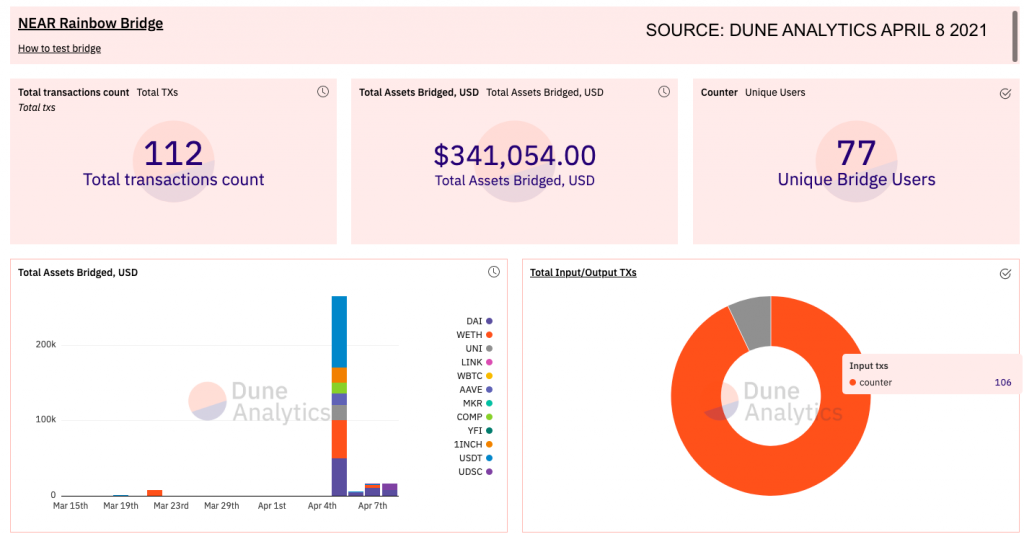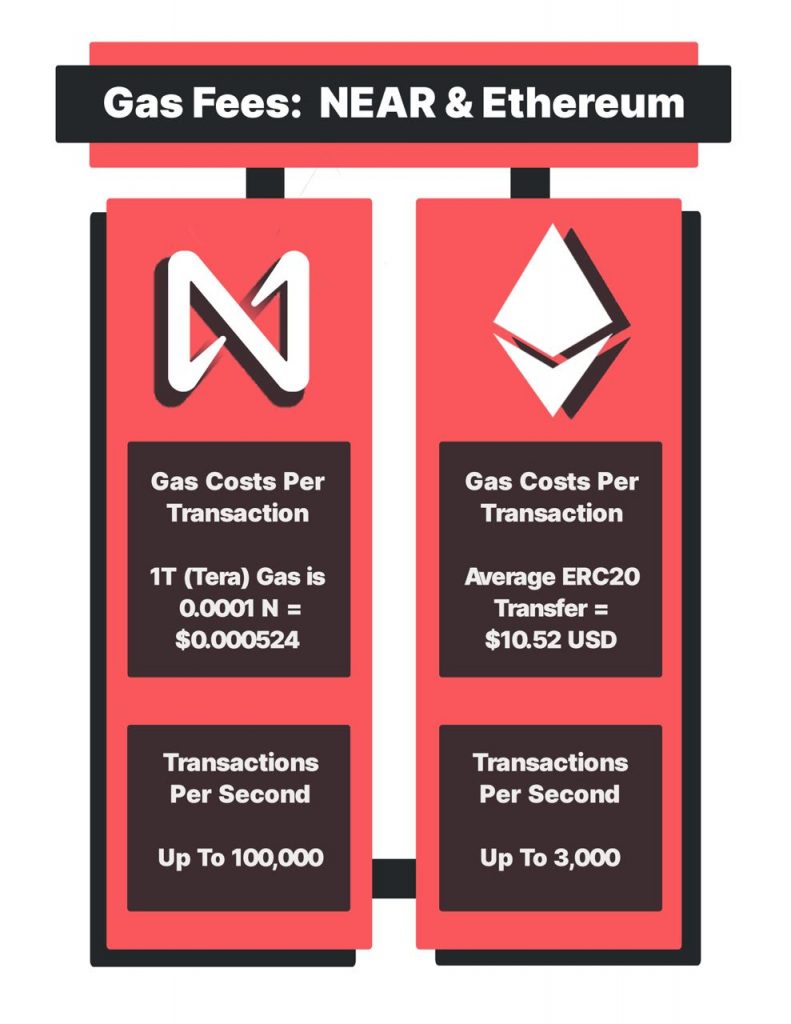Understanding the Implications of the Rainbow Bridge: What Makes It Special?


The NEAR – Ethereum Rainbow Bridge recently launched, led by NEAR Team Lead Dr. Alex Shevchenko. While the bridge providers seamless interoperability between assets and contracts on NEAR and Ethereum respectively, it also signifies a larger shift in the crypto space:
(1) DeFi takes a step towards becoming more affordable,
(2) A new landscape in crypto has emerged for Layer 2 protocols looking to build across Layer 1 chains,
(3) A precedent is set for building open and permissionless bridges between all L1 chains in the future.
Breaking down these three points reveals that the successful launch of the Rainbow Bridge, coupled with the impending launch of the NEAR EVM has the potential to dramatically and permanently alter the landscape of crypto.

Affordable DeFi + Ref.Finance Launches!
The first point that cannot be emphasized enough, is that the Bridge creates a channel for projects to migrate assets onto NEAR so as to make them more affordable to transact and utilize. nDAI (NEAR DAI) is thus capable of being used on Flux Protocol, with minimal transaction costs (especially as compared to Ethereum).

With the launch of ONLY the Rainbow bridge, assets on Ethereum can migrate across to NEAR to be utilized in Native NEAR solutions like Flux or Octopus Network. This is the basis for powering a native NEAR community AMM known as Ref.Finance. In the early days of interoperability between NEAR and ETH this AMM will allow for the exchange of assets and wrapped NEAR assets on NEAR protocol.
With the launch of Aurora and the NEAR EVM, affordable DeFi will become a reality for all of crypto. As Dr. Alex Shevchenko explains in detail, any existing Ethereum DeFi project will be able to scalably migrate over to NEAR in an afternoon, and instantly enjoy low transaction costs and fast network speeds for their native ETH products. This equally applies to NFT’s from NEAR going onto ETH marketplaces, as well as visa-versa.
All in all, this signifies a new era for scalability in the crypto-verse. For the first time, dozens of Dapps on Ethereum that have struggled to scale and grow due to high gas fees, now have a simple, cost-effective, and user-friendly alternative: NEAR Protocol.
Development of Crypto Across Chains
An important second implication of the launch of the Rainbow Bridge is the significance it holds for current and existing Layer 2 solutions built on Ethereum. Perhaps the best example of this phenomenon is with the DEX Aggregator 1inch Exchange: 1inch building its aggregator and AMM across Layer 1 chains: Ethereum, NEAR, Binance Smart Chain, and Tron. More details are explained below by 1inch Co-Founder Sergej Kunz:
1inch is a new project — launched in late 2019 — that is familiar with the rapidly changing crypto environment. The trend that 1inch embraces – of working across Layer 1 Protocols – is a trend that the Rainbow Bridge will help accelerate into the future. In short, the future of Layer 2 Protocols are going to be across chains.
Note: This makes the usability facet of NEAR, including its unique account model, especially unique.
A New Bridge Precedent: The Future is Permissionless and Interoperable
Third and finally, the launch of the Rainbow Bridge is something that should be understood as the start of a trend: Bridging between Layer 1s in a truly permissionless and open fashion. While the NEAR team itself has not commented on any future plans to build further decentralized and permissionless bridges between L1 networks, it would only make sense to replicate the existing bridge development strategy with different ecosystems. Connecting L1 ecosystems in a permissionless and decentralized manner provides (1) a basis for creating positive network effects between protocols, (2) reducing transaction costs, (3) streamlining products and services, and (4) expanding access to different users.




